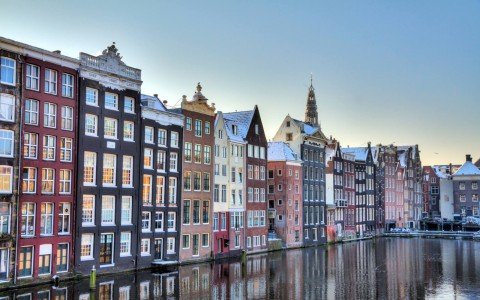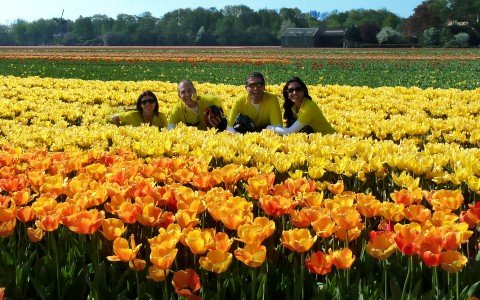A History of Hospitality:
Hotel Des Indes
Former home to Dutch royalty and the favoured locale of Russian ballerinas, Hotel Des Indes has always been the place to stay in The Hague.
At Hotel des Indes, A Royal Pedigree
Built in 1856 by architect Arend Roodenburg, what is now Hotel des Indes was originally a palace for Baron van Brienen van Groot-Lindt en Dortmunde, an advisor to King William III. The baron lived elsewhere in Clingendael, an estate just outside of The Hague, but wanted a downtown home in which to receive guests; the stately palace fit the bill!
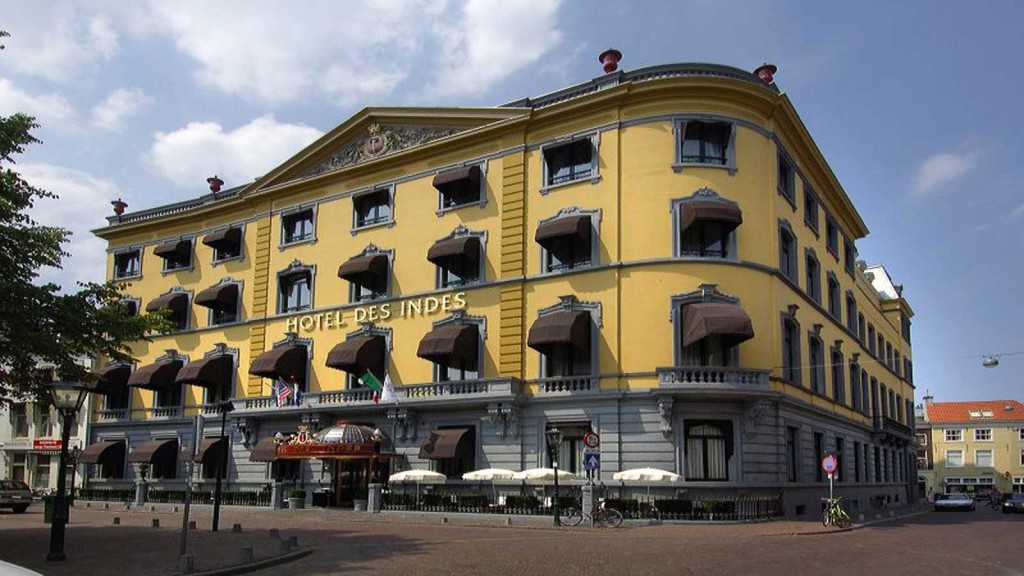
Upon inheritance of the palace in 1881, the baron’s children sold it to Friedrich Wirtz, whose in-laws owned the famous Hotel Paulez, current site of the U.S. Embassy. An ideal location, Wirtz converted the palace into a hotel. Prince Fredrick, an uncle of King William III, inaugurated the hotel with a toast the same year, and two days later hosted a ball with Princess Von Wiet. Royal attention brought welcome publicity, and during its first week, 2,266 people visited the hotel. Because the hotel’s original name was not included in the sale, a new moniker—“Des Indes,” meaning, “of Indonesia”—was chosen, revealing the hotel’s aim to become a luxurious place for visiting colonial families to stay.
The palace’s circular inner court—formerly a carriage entrance that shielded VIPs from the common rabble during the baron’s days—was converted into a small park. With its showcase of neo-Louis XVI furniture, the interior of the hotel was admired by visiting royalty. However, due to its rapid conversion from private palace to hotel, the Des Indes had just a handful of bathrooms serving 57 rooms across three floors. As a result, the hotel soon expanded into neighbouring houses. Around the same time, Wirtz left for the Oranje Hotel in Scheveningen.
See For Yourself
Holland in the spring: the tulips of Keukenhof Gardens bombard the eyes and nose, while The Hague hums with café traffic. Our Holland Biking trip offers a masterpiece for every sense.
DETAILED ITINERARYFlamboyant History, Legendary Hospitality
Wirtz’s replacement, Christian Haller of London’s Savoye, was lucky: the 1899 International Peace Conference brought all sorts of important people to the hotel, as did the second International Peace Conference in 1907, and the establishment of the Vredespaleis (Peace Palace). In 1900-01, Paul Krüger stayed at the hotel while drumming up European support for the Boer War in South Africa.
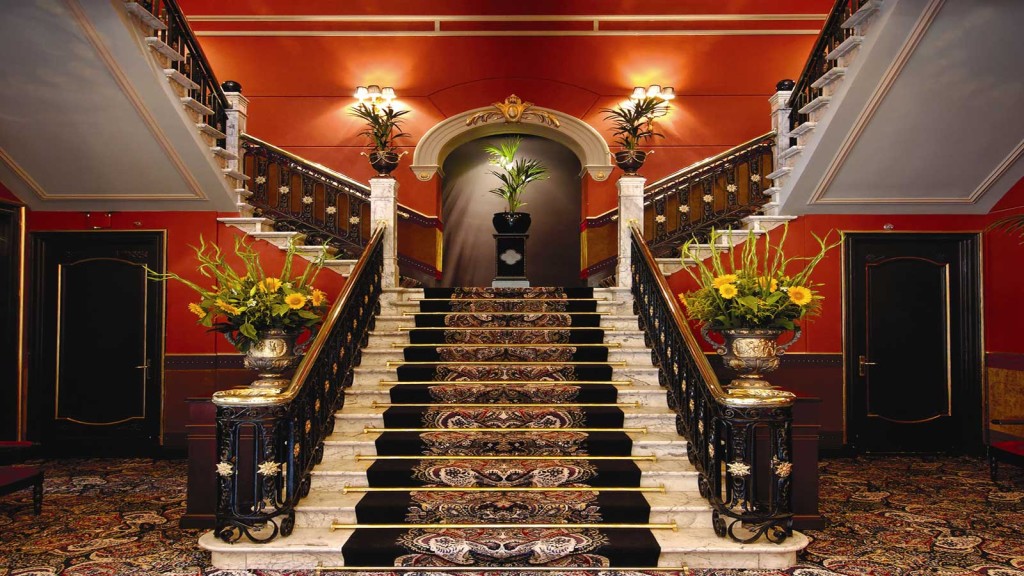
A year later, architect Foek Kuipers transformed the inner court into a hall with a formal staircase, a large glass dome and a rotunda. Shortly after, the state and the city bought Des Indes, installing Mrs. Haller-Rey and her brother Henry as its directors. Henry, who was also consul of Monaco, became sole director in 1922, adding (much needed!) extra bathrooms.
In August of 1930, a fire gutted rooms on the third floor and damaged the roof. Reconstruction made it possible to add a fourth floor in accordance with earlier plans, giving the hotel its definitive appearance.
The following year, famed Russian ballerina Anna Pavlova stayed at the hotel. Suffering from double pneumonia, she cancelled her January 22 performance, dying just after midnight in her room (where the reception area stands today).
With its rich and flamboyant history and legendary hospitality, every inhabitant of The Hague has a soft spot for the Hotel Des Indes.
MORE FROM Europe + Holland
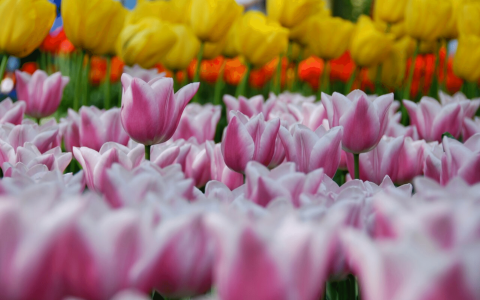
Meet Henrie and Anton, Sustainable Tulip Farmers of the Netherlands
Holland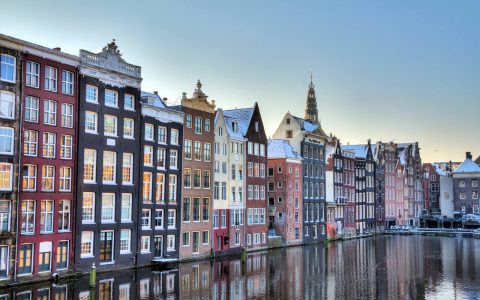
17 Best Museums in Amsterdam
Holland
Reading for the Road: A Few of Our Favourite Books About Holland
Holland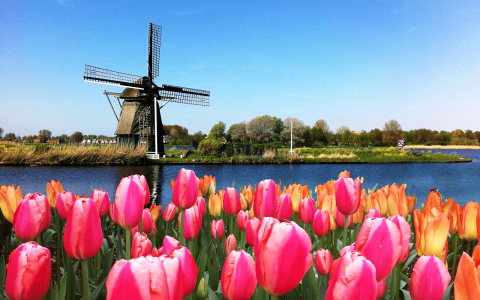
The Best Time to Visit the Netherlands
Holland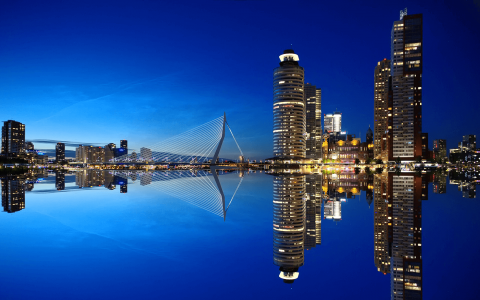
The Futuristic City You Need to Visit Now
Holland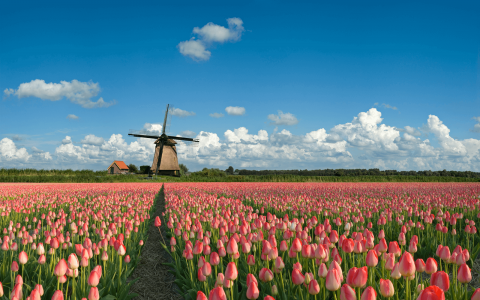
10 of Our Favourite Netherlands Destinations
Holland
In Deep: A (Brief) History of Zeeland
Holland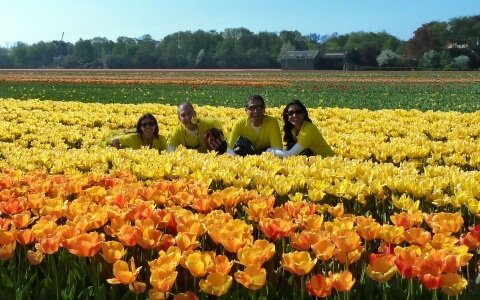
Today’s Travel News and Tips
Holland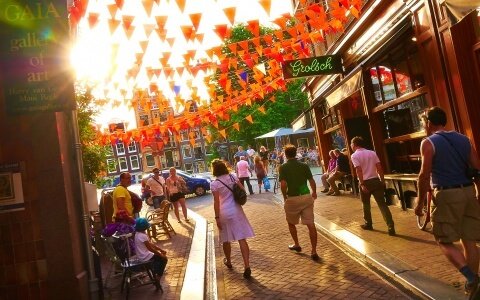
Insider’s Guide: 18 Other Things To Do in Amsterdam
Holland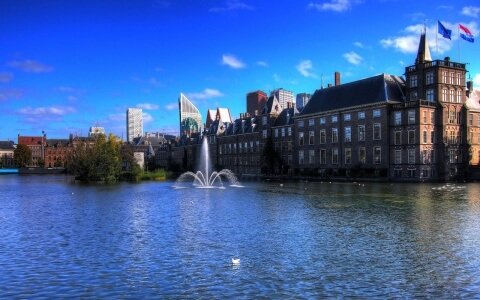
In Deep: The Hague
Holland
Dutch Cuisine: Europe’s Best Kept Secret?
Holland